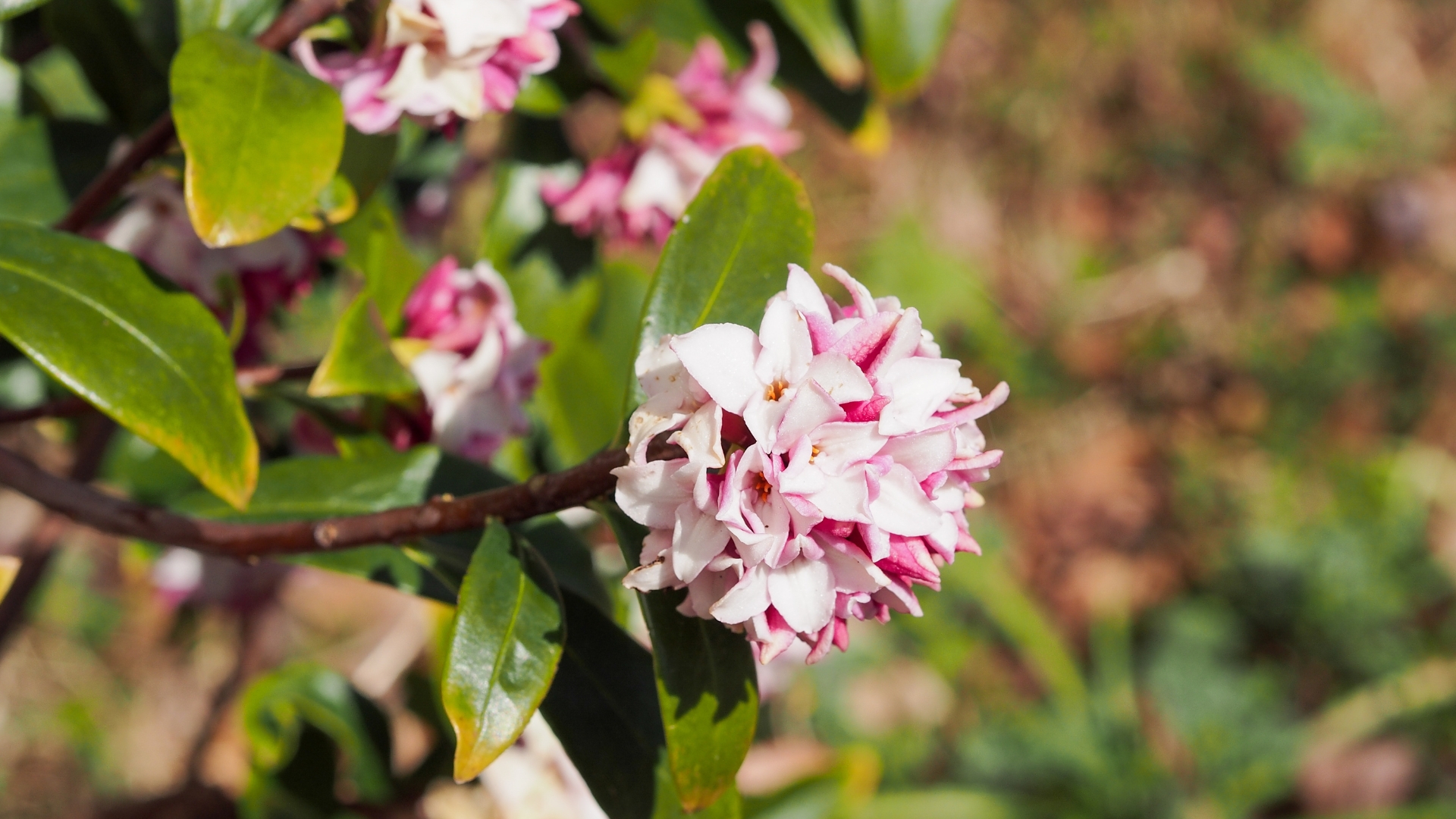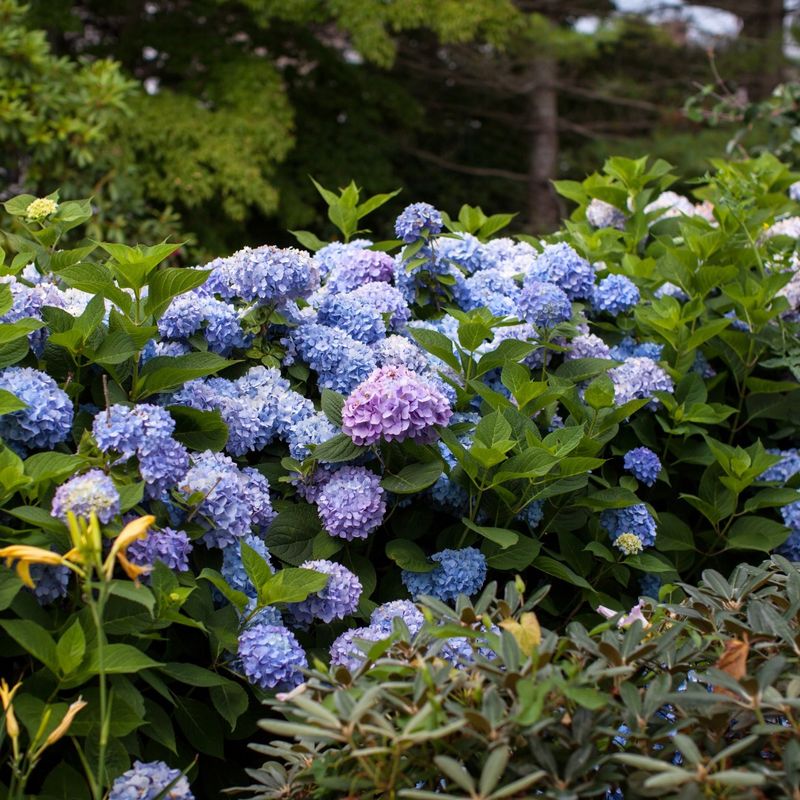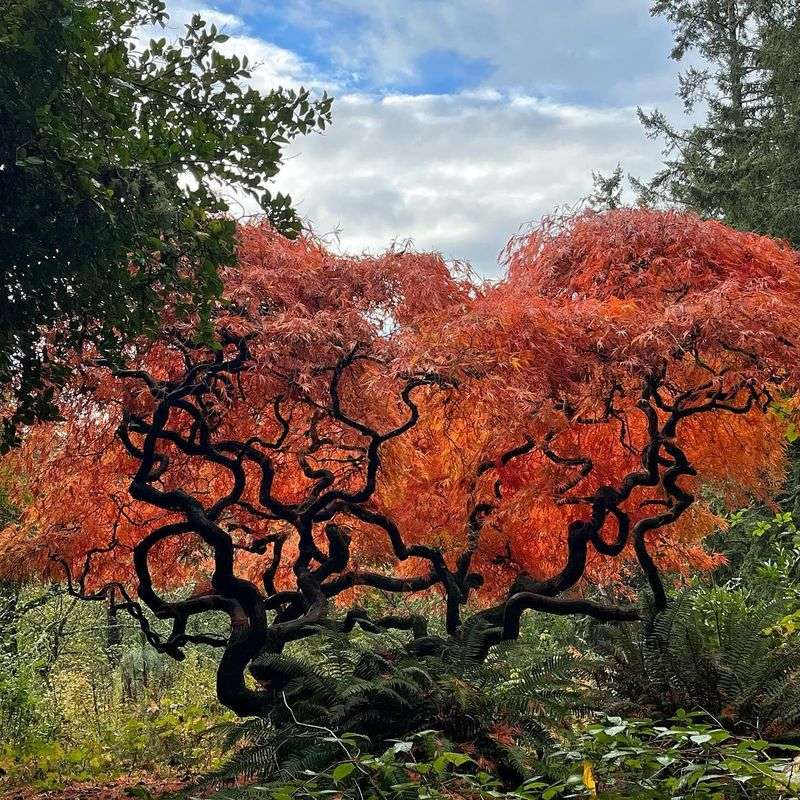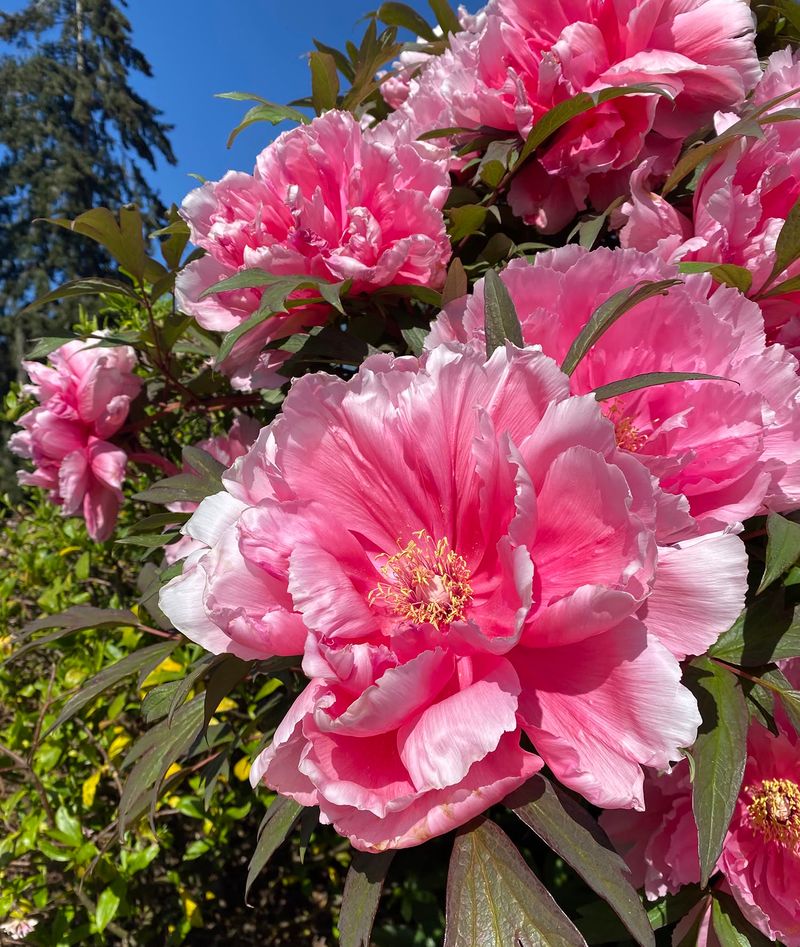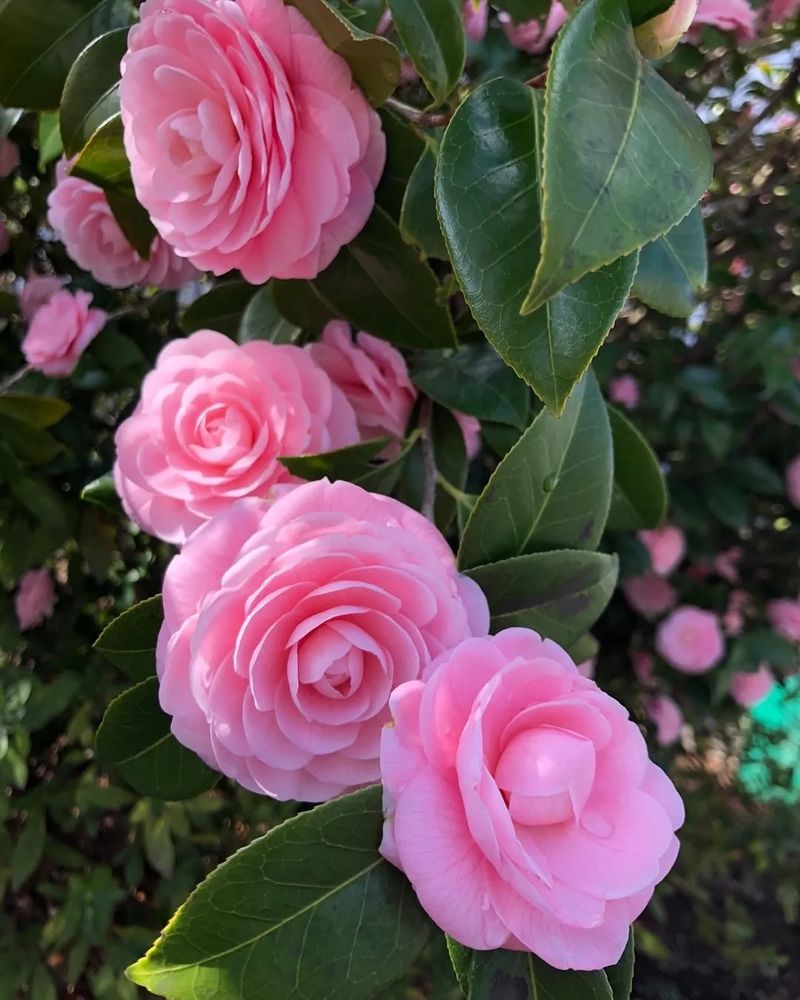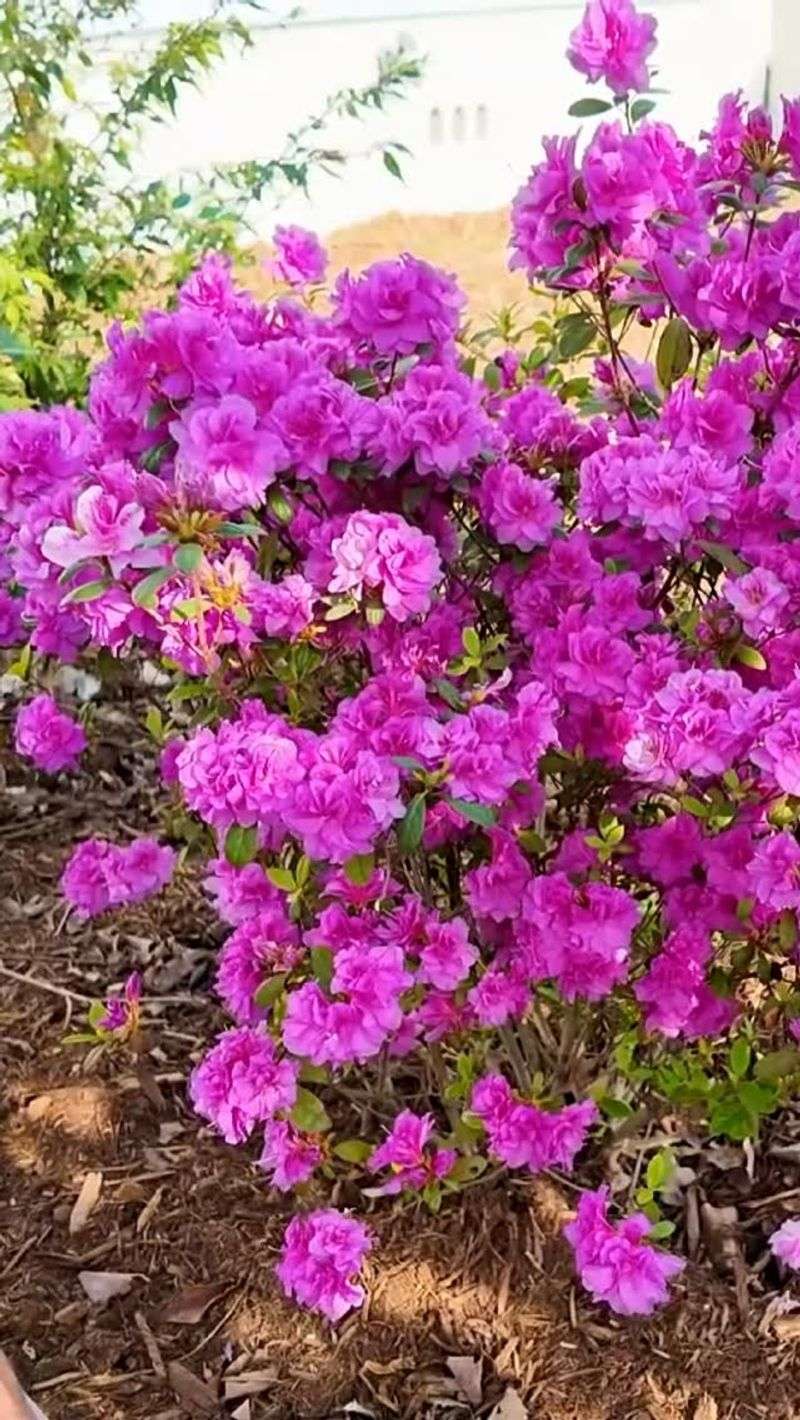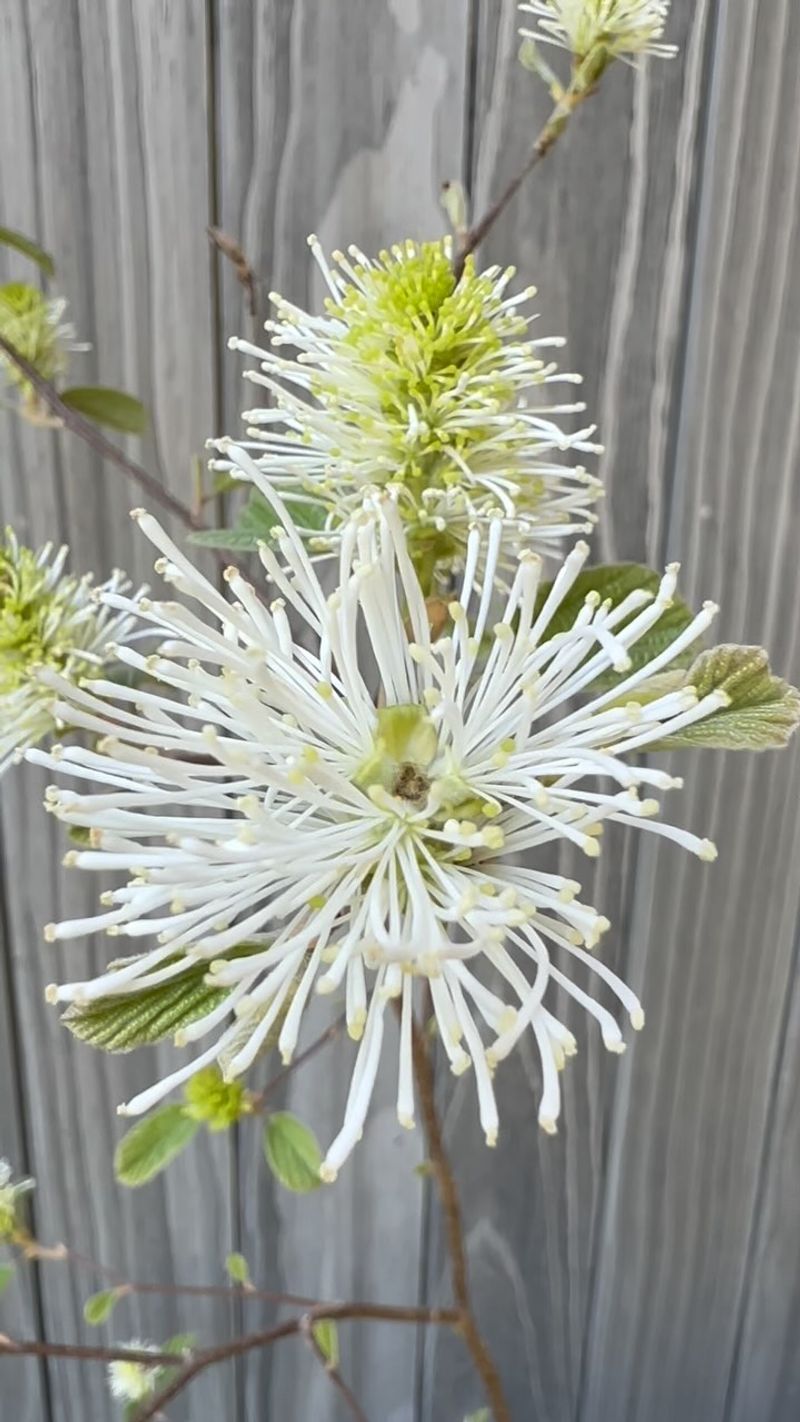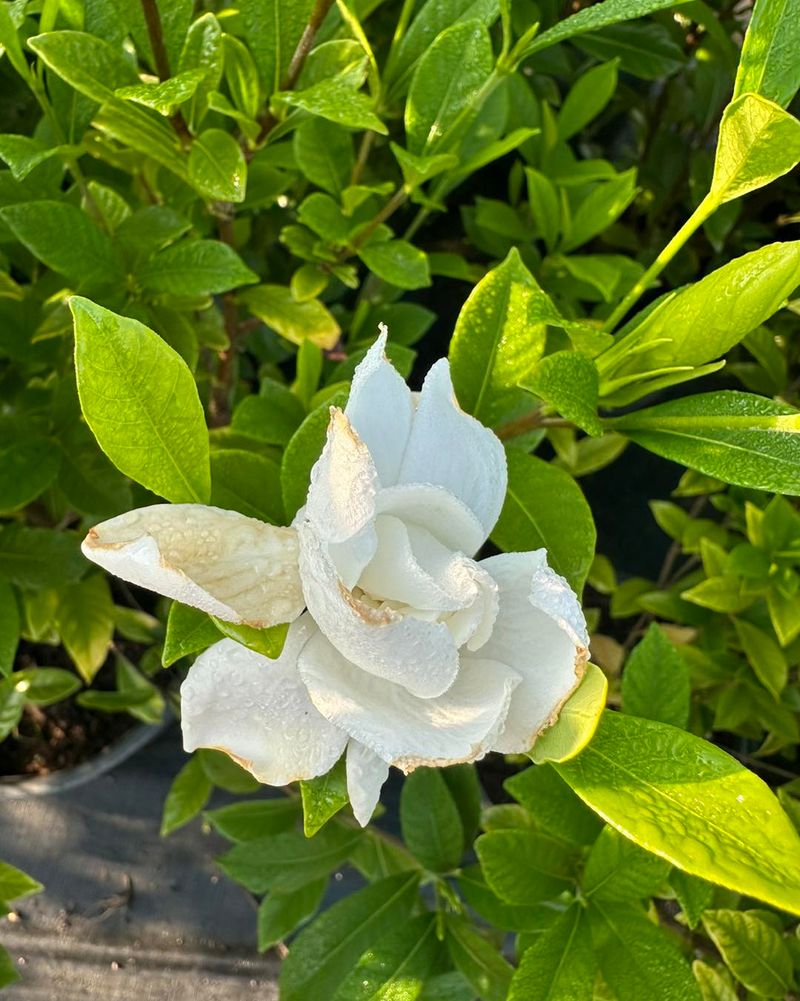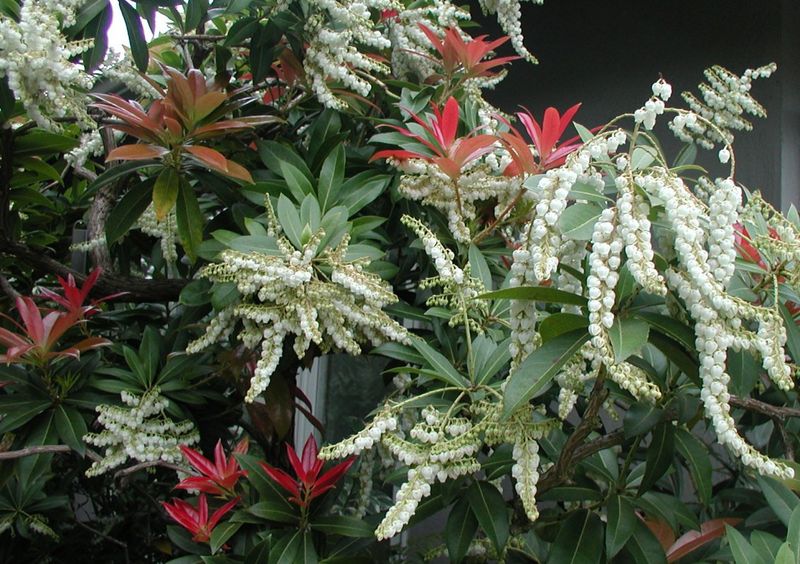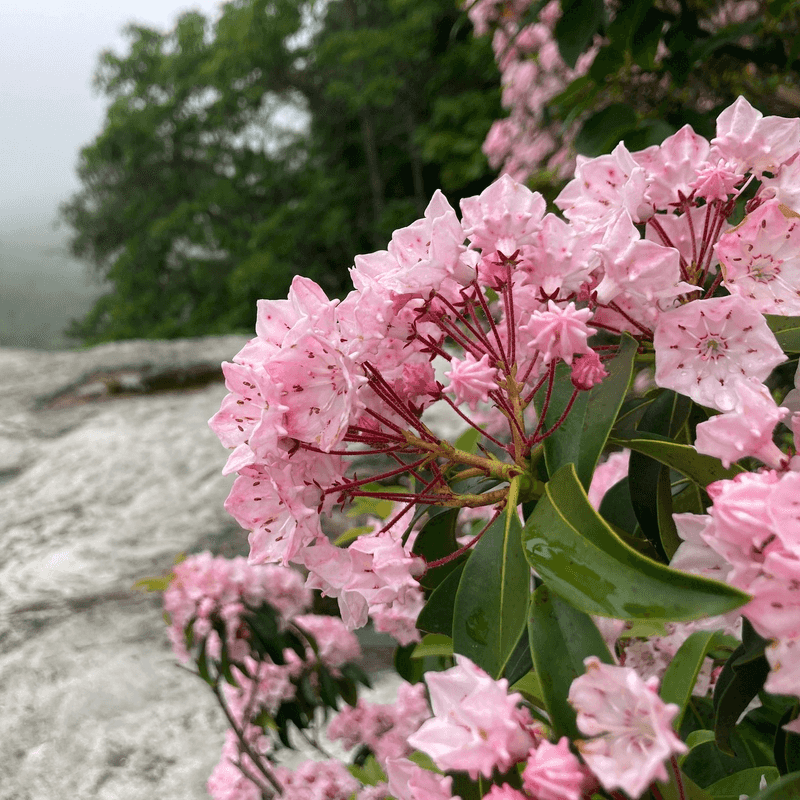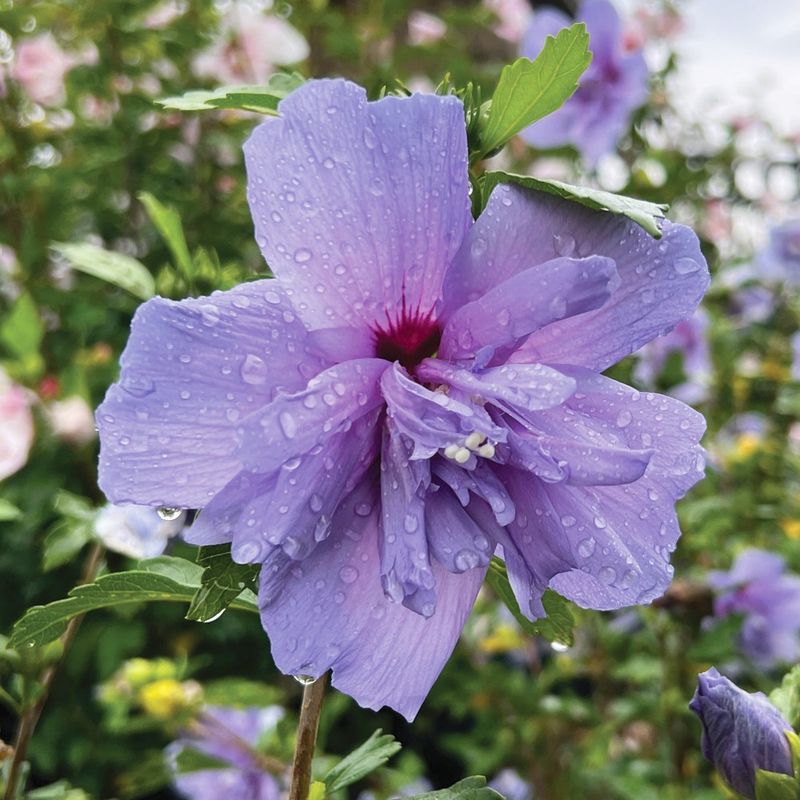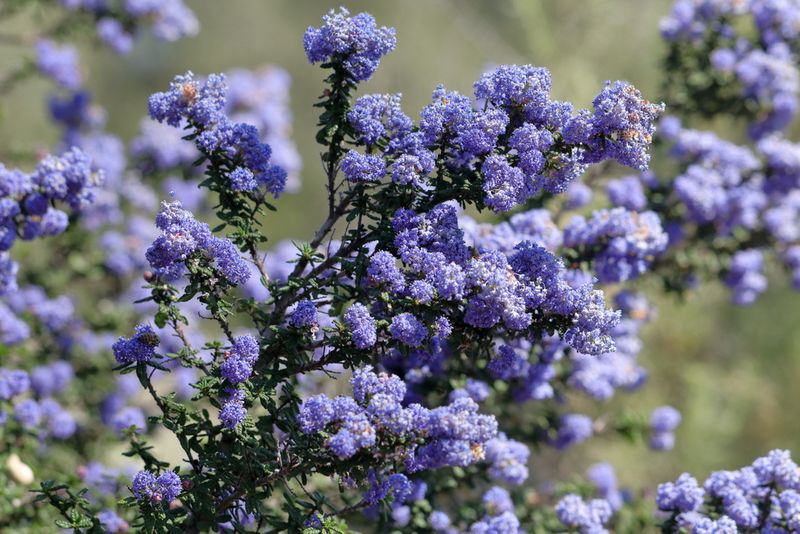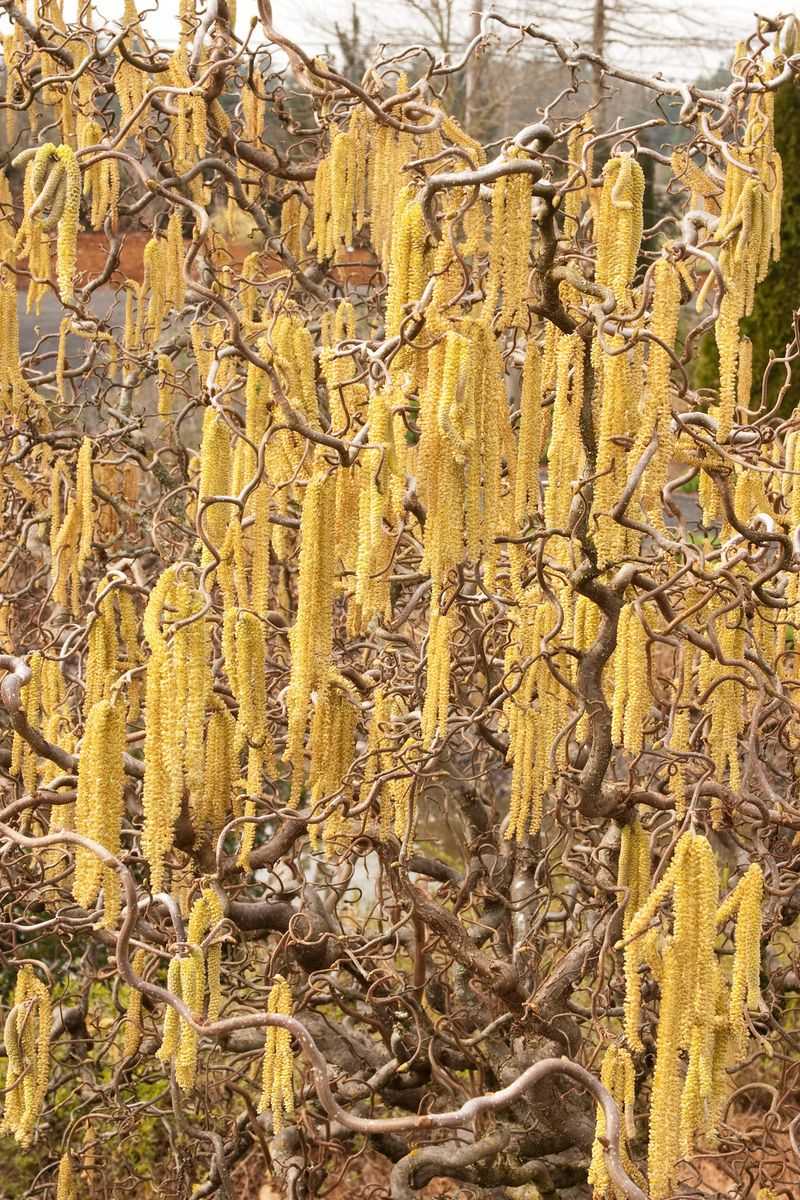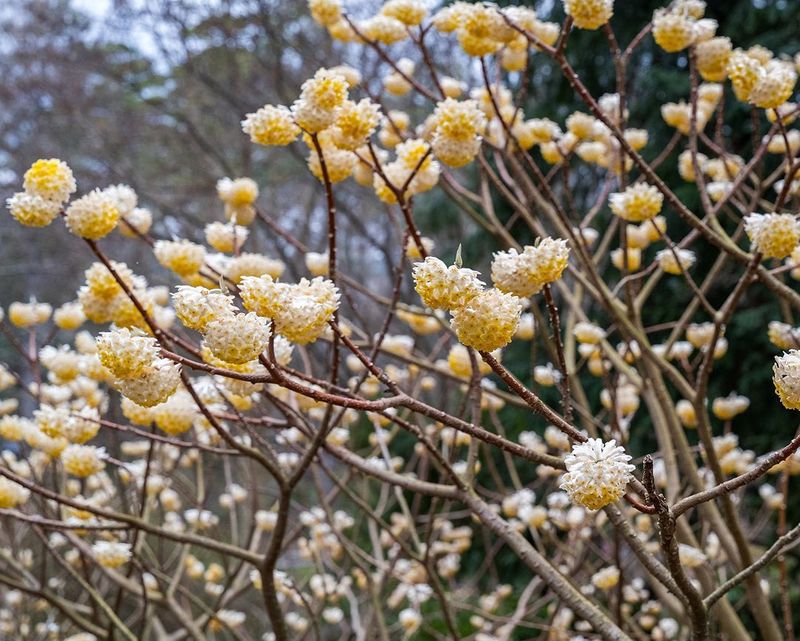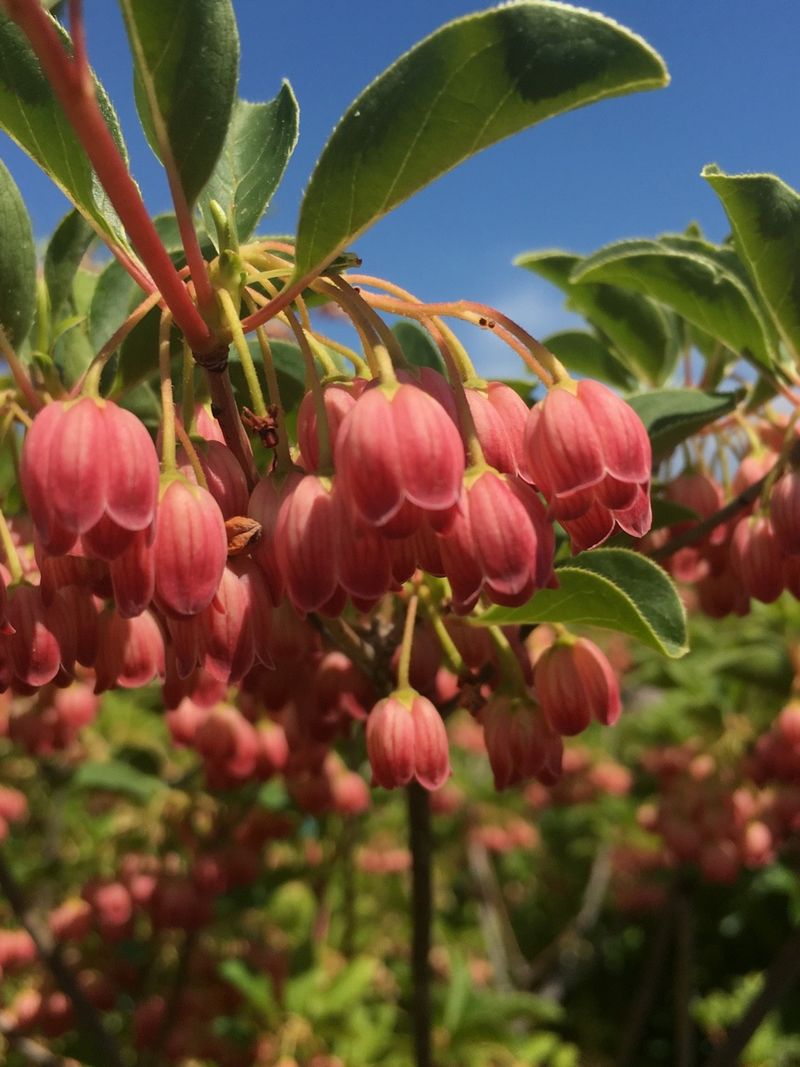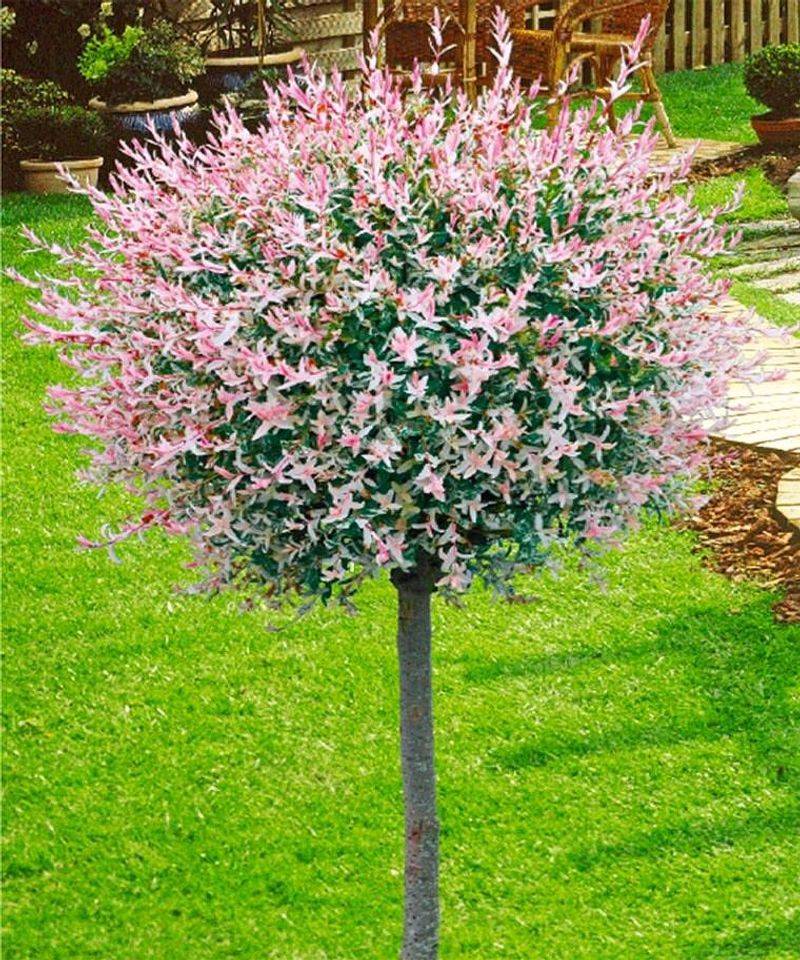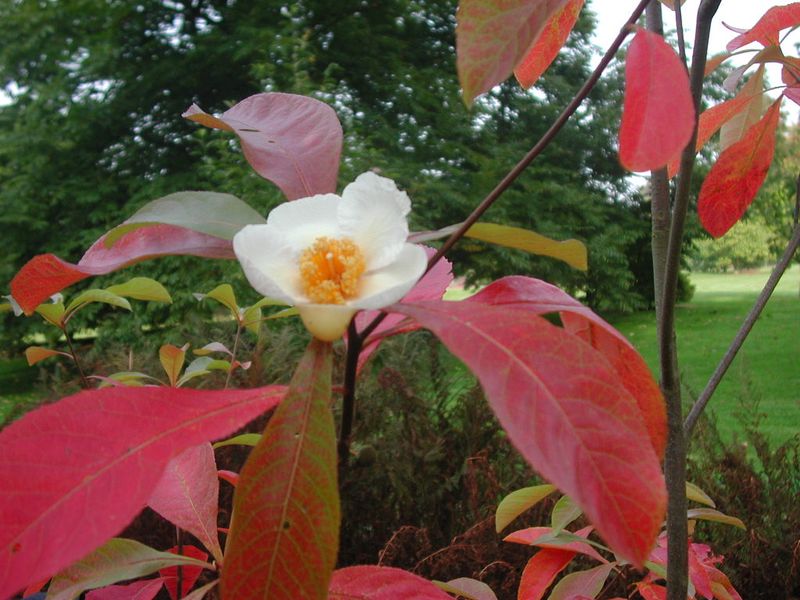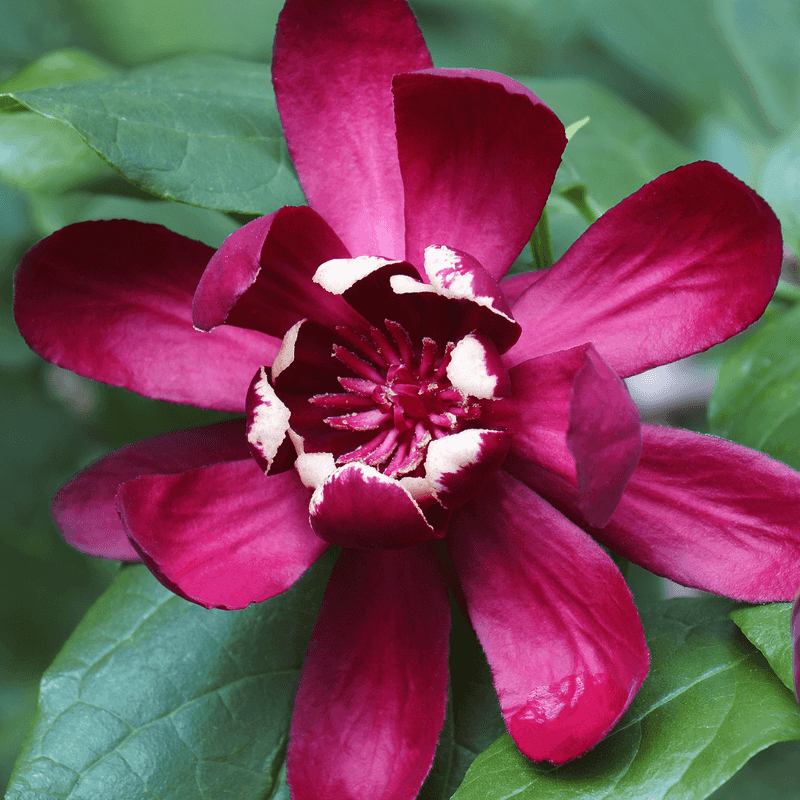Gardening enthusiasts know that some of the most stunning plants require extra care and patience. Delicate shrubs often present unique challenges, from specific soil requirements to sensitivity to weather conditions. Yet, when these finicky beauties finally thrive, they reward gardeners with breathtaking blooms, unusual foliage, or striking seasonal displays that make all the effort worthwhile.
1. Daphne Odora (Winter Daphne)
Famous for its intoxicating fragrance, Winter Daphne tempts gardeners despite its reputation for sudden death syndrome. The sweet perfume can fill an entire garden on winter days when few other plants dare to bloom.
Daphnes demand excellent drainage and partial shade, sulking dramatically when conditions aren’t perfect. Their brittleness makes them vulnerable to breakage, and they resent being transplanted or having their roots disturbed.
Despite these challenges, a mature Daphne with its glossy evergreen leaves and pink-edged white flowers brings such joy during dreary months that gardeners keep trying, often planting several before finding success.
2. Blue Hydrangea (Hydrangea macrophylla)
Getting those stunning blue blooms isn’t as simple as just planting a hydrangea. The soil chemistry needs to be just right – acidic enough to allow aluminum uptake, which creates the coveted blue hue. Many gardeners struggle with this delicate balance.
Late spring frosts can devastate hydrangeas since they form flower buds on old wood. One unexpected cold snap can eliminate a whole season of blooms. They’re also thirsty plants that wilt dramatically during drought, causing panic in even experienced gardeners.
When everything aligns, though, those softball-sized blue flower clusters become the envy of the neighborhood, creating a cooling visual effect that no other shrub can match.
3. Japanese Maple (Acer palmatum)
Sunburn is a real threat for these aristocrats of the garden. Their delicate, lacy leaves – especially on variegated or red varieties – crisp up easily in hot afternoon sun or drying winds, turning what should be a graceful specimen into a sad, scorched shadow of itself.
Young Japanese maples establish slowly, sometimes appearing to make no growth at all for a year or two. Their shallow roots make them vulnerable to both drought and overwatering, a frustrating balancing act for gardeners.
A well-placed Japanese maple eventually becomes garden royalty, though. The autumn transformation into fiery reds and oranges creates such spectacular seasonal drama that gardeners gladly provide the sheltered spot and consistent moisture these prima donnas demand.
4. Tree Peony (Paeonia suffruticosa)
Gardeners who impulse-buy these woody beauties often face years of disappointment before seeing those dinner-plate sized blooms. Tree peonies establish with glacial slowness, sometimes taking up to seven years to reach their flowering potential.
Their brittle stems snap easily in strong winds or under heavy snow, and late frosts can destroy the developing flower buds. Unlike their herbaceous cousins, they cannot be divided, making them a significant investment with no guarantee of success.
When they finally perform, though, tree peonies deliver flowers of such sumptuous beauty – often with silky petals surrounding golden centers – that they’ve been worshipped in Chinese gardens for over a thousand years. Some specimens live for centuries, outlasting the gardeners who fretted over them.
5. Camellia (Camellia japonica)
Winter’s cruelest trick often falls on camellias, whose perfect rose-like buds can turn brown overnight during a cold snap. These aristocratic evergreens bloom during the most challenging season, making their flowers vulnerable to frost damage just as they’re about to open.
Finding the sweet spot of dappled shade proves challenging too – too much sun scorches their glossy leaves, while too little results in sparse flowering. Their shallow, slow-growing roots make establishment difficult, and they absolutely refuse to tolerate lime in the soil.
Successfully grown camellias become garden heirlooms, with some specimens living over 100 years. Their perfect, symmetrical blooms in winter – ranging from pure white to deep crimson – appear almost artificial in their perfection against the glossy dark foliage.
6. Azalea (Rhododendron species)
Acid soil obsessives know the heartbreak of trying to grow azaleas in alkaline conditions. These woodland beauties turn yellow and stunted when forced to live in the wrong pH, stubbornly refusing to thrive despite fertilizer applications.
Their shallow root systems make them vulnerable to both drought and root rot from overwatering. Late frosts can destroy an entire season’s flower display in a single night, and their susceptibility to lace bugs and other pests can leave their foliage looking tattered.
A happy azalea, however, creates such a spectacular spring show – with branches completely obscured by trumpet-shaped blooms in every shade from white to purple – that gardeners willingly amend soil and create special beds just to accommodate these woodland divas.
7. Fothergilla (Witch Alder)
Garden centers rarely stock this underappreciated native, making it a challenge to find. Those who seek it out discover a shrub that demands acidic soil and resents both drought and wet feet – a combination that tests even experienced gardeners.
Slow growth means waiting years for Fothergilla to reach its potential. Impatient gardeners often give up before witnessing its true glory. Its branches grow somewhat irregularly, requiring occasional pruning to maintain an attractive shape.
Patience pays off twice yearly: first with honey-scented bottlebrush blooms that appear before the leaves in spring, then with a fall color display where each leaf becomes a miniature sunset of orange, red, and gold. Unlike showier shrubs, Fothergilla performs its magic quietly, earning devoted fans among gardening connoisseurs.
8. Gardenia (Gardenia jasminoides)
Notorious for dropping their buds at the slightest provocation, gardenias test gardeners’ patience like few other plants. A change in temperature, light conditions, or humidity can cause all those promising flower buds to turn yellow and drop before opening.
Their glossy leaves easily develop chlorosis in alkaline soils, turning yellow while the plant slowly declines. Spider mites and whiteflies seem magnetically attracted to their foliage, requiring vigilant monitoring. Even watering presents challenges – too dry and they wilt dramatically; too wet and root rot sets in.
The reward for this fussiness? Waxy white blooms with a perfume so intoxicating it can scent an entire garden on summer evenings. The contrast of pure white flowers against those glossy, dark green leaves creates a visual elegance that few plants can match.
9. Pieris (Lily of the Valley Shrub)
Spring frost can devastate Pieris, turning its cascading lily-of-the-valley-like flower chains brown overnight. These evergreen shrubs form their flower buds in fall, leaving them vulnerable to winter damage in colder regions.
Demanding in their soil requirements, they insist on acidic, well-drained conditions and will sulk in anything less. Their slow growth means waiting years to see their full flowering potential, testing the patience of eager gardeners who want instant results.
The dramatic spring show makes the wait worthwhile – drooping chains of bell-shaped flowers hang like living jewelry against the evergreen foliage. As a bonus, the new growth emerges in brilliant red or pink, creating the illusion of a second flowering and giving this temperamental beauty multiple seasons of interest.
10. Kalmia (Mountain Laurel)
Wild mountain laurels growing on rocky hillsides mock gardeners who struggle to recreate those conditions at home. These native shrubs demand acidic soil with excellent drainage yet consistent moisture – a challenging combination that causes many to fail in conventional garden settings.
Their growth rate can be painfully slow, with young plants seeming to stand still for years. Leaf spot diseases and lace bugs can plague them in less-than-ideal conditions, making their evergreen foliage look tattered and unhealthy.
A mature mountain laurel in full bloom, though, creates one of nature’s most extraordinary floral displays. The intricate flowers – each one like a tiny origami creation with stamens springing out when touched by pollinators – appear in clusters so dense they can bend branches with their weight.
11. Rose of Sharon (Hibiscus syriacus)
Sluggish to leaf out in spring, Rose of Sharon often appears dead while other shrubs have been green for weeks. This late awakening causes many gardeners to prematurely mourn their plant, sometimes even digging it up before it has a chance to revive.
Japanese beetles find its foliage irresistible, sometimes reducing leaves to lacy skeletons by midsummer. Its tendency to self-seed can create a maintenance headache, with unwanted seedlings popping up throughout the garden.
Patience rewards gardeners with tropical-looking flowers in late summer when most other shrubs have finished blooming. The hollyhock-like blossoms in shades of white, pink, purple, or blue appear for weeks, often featuring dramatic contrasting throats that attract hummingbirds and create a second spring effect when gardens typically look tired.
12. Ceanothus (California Lilac)
Bringing this West Coast native to gardens in different climates often ends in heartbreak. California lilacs demand perfect drainage and resent summer humidity, making them challenging outside their native range. Cold winters can kill them outright in northern gardens.
Even in suitable climates, they’re short-lived compared to other shrubs, often declining after 7-10 years. Their brittleness makes them vulnerable to breakage in storms, and they strongly resist pruning to correct their sometimes awkward growth habit.
For a few glorious weeks each spring, though, Ceanothus creates a display of such intense blue that it appears almost artificial – like someone painted the shrub with cobalt. Bees become almost drunk on the abundant nectar, creating a humming sound audible from several feet away.
13. Harry Lauder’s Walking Stick (Corylus avellana ‘Contorta’)
Grafted specimens of this contorted hazelnut often surprise gardeners when straight suckers emerge from below the graft. Left unchecked, these vigorous shoots can overtake the twisted form, transforming this unique specimen back into an ordinary hazelnut.
Filbert blight threatens these shrubs in many regions, causing branch dieback that can eventually kill the plant. Their slow growth means waiting years to achieve the sculptural winter presence that makes them so distinctive in the landscape.
Winter reveals why gardeners persist – after leaf drop, the twisted, corkscrew branches create living sculpture in the garden. Dusted with snow or decorated with frost, the contorted silhouette looks like something from a fairy tale, especially when catkins dangle from the branches like golden lambs’ tails in late winter.
14. Edgeworthia (Paper Bush)
Finding this uncommon shrub challenges gardeners before they even tackle its growing requirements. Nurseries rarely stock it, making acquisition the first hurdle for those who fall in love with its unusual form.
Cold hardiness presents the next challenge – paper bush can be damaged or killed when temperatures drop below 5°F. Its large tropical-looking leaves can scorch in hot afternoon sun, yet it needs good light to produce its unusual flowers. The leafless winter appearance can appear dead to the uninitiated.
Winter reveals its magic when clusters of silvery, silky buds transform into fragrant yellow pom-poms in late winter, dangling from bare branches like ornaments.
15. Enkianthus (Redvein Enkianthus)
Slow growth frustrates gardeners eager to see this woodland beauty reach its potential. The first few years after planting often show minimal change, leading many to wonder if their plant is actually establishing at all.
Demanding about soil conditions, Enkianthus requires acidic, humus-rich ground with excellent drainage yet consistent moisture. Finding this Goldilocks zone challenges many gardeners. Its flowers, while charming, are small and not immediately showy, causing some to question why they bothered.
Autumn reveals Enkianthus’s true glory when the leaves turn fiery crimson, rivaling Japanese maples for fall color impact. The spring flowers, while subtle, reward close inspection – delicate bells with red veining hang in clusters, creating an effect like tiny Chinese lanterns dangling among the fresh green leaves.
16. Dappled Willow (Salix integra ‘Hakuro Nishiki’)
Maintaining the striking variegation that makes this shrub special requires vigilant pruning. Solid green shoots emerge frequently and grow more vigorously than the variegated portions – left unchecked, they’ll take over and eliminate the plant’s distinctive character.
Hot afternoon sun can scorch the creamy-white portions of the leaves, turning them brown and crispy. Finding the sweet spot of morning sun and afternoon shade challenges many gardeners. In rich soil, it grows almost too enthusiastically, requiring frequent pruning to maintain an attractive shape.
Successfully grown, dappled willow creates a season-long light show with pink-tinged new growth that matures to leaves splashed with white, green, and pink.
17. Franklinia (Franklin Tree)
Extinct in the wild since the early 1800s, every Franklinia alive today descends from seeds collected by John Bartram before the species vanished from its native Georgia. This living fossil demands excellent drainage yet consistent moisture, a combination that challenges even experienced gardeners.
Root rot claims many specimens planted in less-than-perfect conditions, and transplanting often leads to decline or death. Its susceptibility to various diseases makes successful cultivation a badge of honor among plant enthusiasts.
Those who succeed are rewarded with fragrant white camellia-like blooms centered with golden stamens in late summer when few other trees flower.
18. Calycanthus (Sweetshrub)
Gardeners who purchase this native shrub based on descriptions of its fragrance often face disappointment. The intensity of the spicy scent – variously described as reminiscent of strawberries, pineapple, or wine – varies dramatically between plants grown from seed, with some producing almost no fragrance at all.
Slow to establish and reluctant to transplant, Calycanthus tests gardeners’ patience during its early years. The unusual maroon flowers can be partially hidden by foliage, making them less showy than many flowering shrubs.
Patient gardeners eventually enjoy an adaptable native with unusual star-shaped blooms that appear over a long period in late spring.

